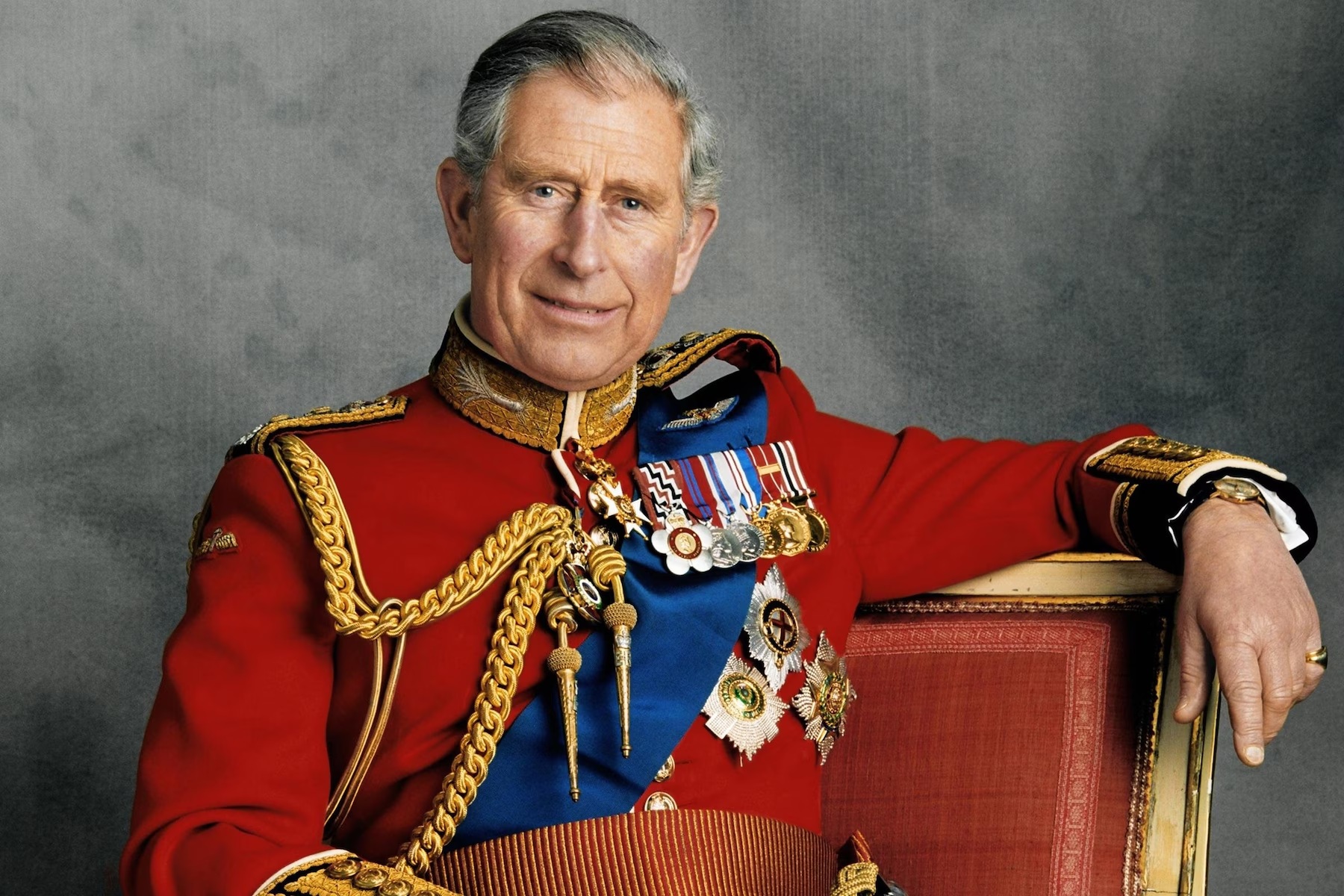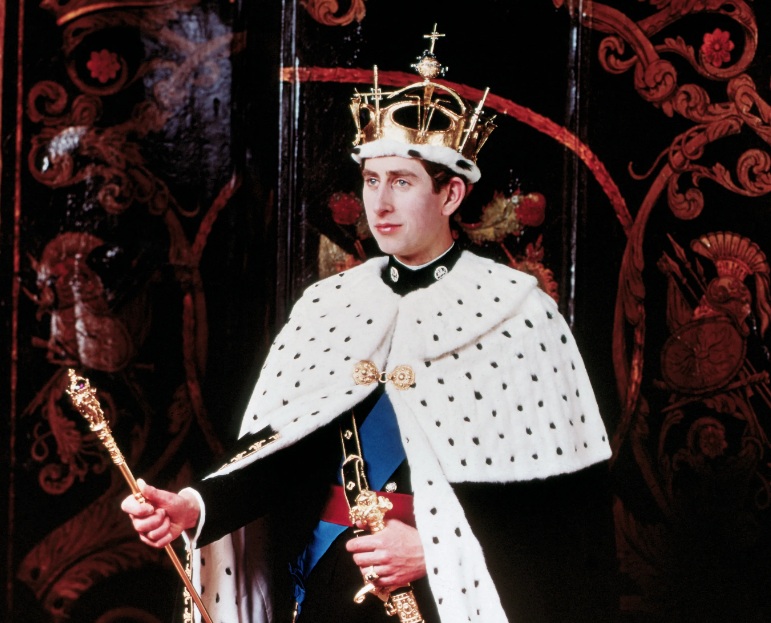
Charles III will be crowned as the King on May 6 with a substantial fortune thanks to inheritance, royal estates, and astute investing while a prince.
According to The Times, Queen Elizabeth II left her son an estimated £360 million ($448 million) upon her death in September last year, bringing Charles fortune to £600 million.
According to a royal aide quoted by the newspaper, the former prince of Wales amassed his fortune through an ambitious investment program following his £17 million divorce from his wife Princess Diana in 1996.
When his mother became queen in 1952, Charles received an income from the Duchy of Cornwall, a 14th-century estate established to give the heir to the throne the appearance of financial independence.
The duchy “encompasses everything he is passionate about,” according to Charles’ second wife Camilla in a 2019 ITV documentary.
In addition to 260 farms, the duchy owns 52,450 hectares (nearly 130,000 acres) of land and leases £345 million in commercial property, which has now passed to his heir Prince William.
Charles even established Poundbury, a community on duchy land near Dorchester on England’s south coast, where he implemented his architectural ideas.
Under his leadership, the duchy amassed assets worth over a billion pounds, generating an income of around £23 million per year for the then-heir, an increase of more than 40% over 15 years.
– Billionaire king?

To prevent the royal estate from being divided, monarchs do not have to pay any tax on assets left by their predecessors, thanks to a centuries-old tradition confirmed by a 1993 clause agreed by then-prime minister John Major.
In the United Kingdom, the monarch’s will is not made public, so the contents of Queen Elizabeth II’s will remain private.
We do know that Charles was left the Balmoral Castle in northeast Scotland, where the royal family spends its summers and where the queen died last September and the Sandringham estate in eastern England.
They are both privately owned.
Buckingham Palace in central London and Windsor Castle west of the capital, on the other hand, are state-owned.
The Crown Jewels, another historical symbol of the British monarchy, are also national property and are thus excluded from the royal fortune calculation.
They are estimated to be worth billions of pounds.
Charles receives the annual “sovereign grant” as sovereign, which is an endowment of one-quarter of the profits generated by the Crown Estate, a vast collection of lands and holdings.
The remainder is directed to the Treasury.
In 2021-22, the sovereign grant will total £86.3 million.
The royal fortune is completed by a final fund, the Duchy of Lancaster, which is controlled by the sovereign and generated £24 million for the queen in 2022.
“I don’t think anyone knows what the totality of the Crown Estate is,” Geoff Kertesz, a trust and probate lawyer at law firm Stewarts in London, told AFP.
The Guardian newspaper attempted to put a price tag on it in a series of articles titled “The Cost of the Crown.”
It included the Duchy of Lancaster, which is legally defined as state-controlled but whose entire profits go to the monarch, as well as luxury vehicles owned by the state but used exclusively by the royal family, as well as works of art and jewelry.
In total, it is estimated that Charles’ fortune is worth £1.8 billion.








